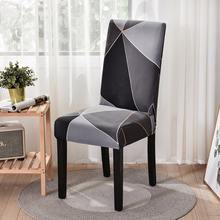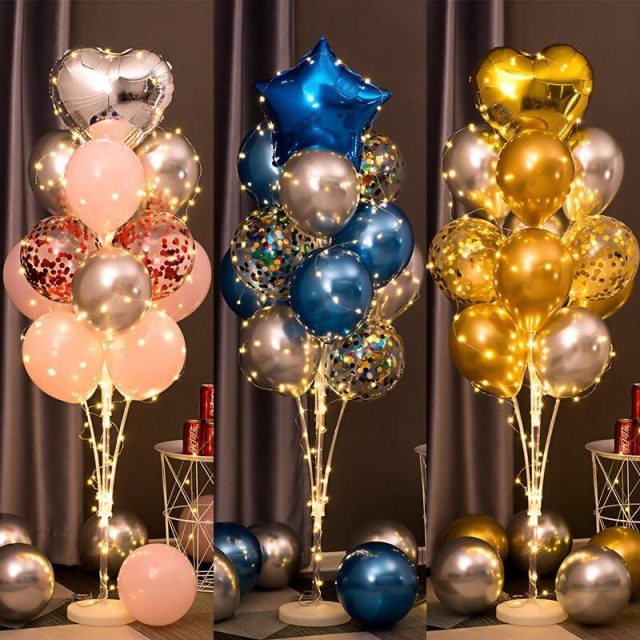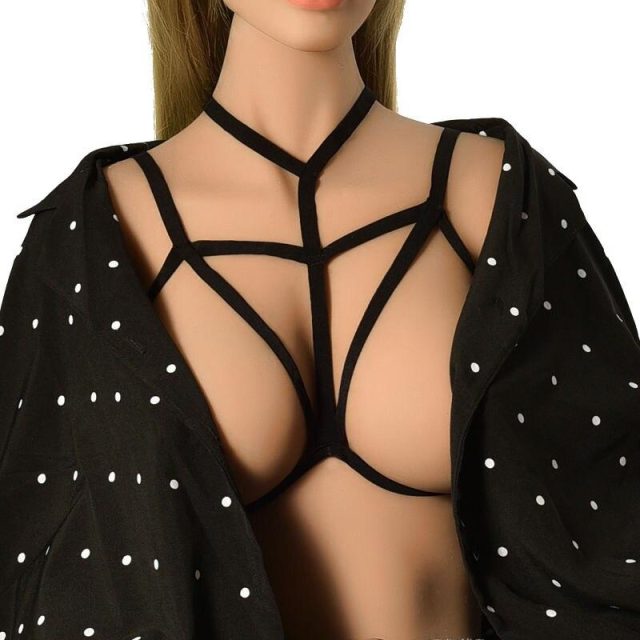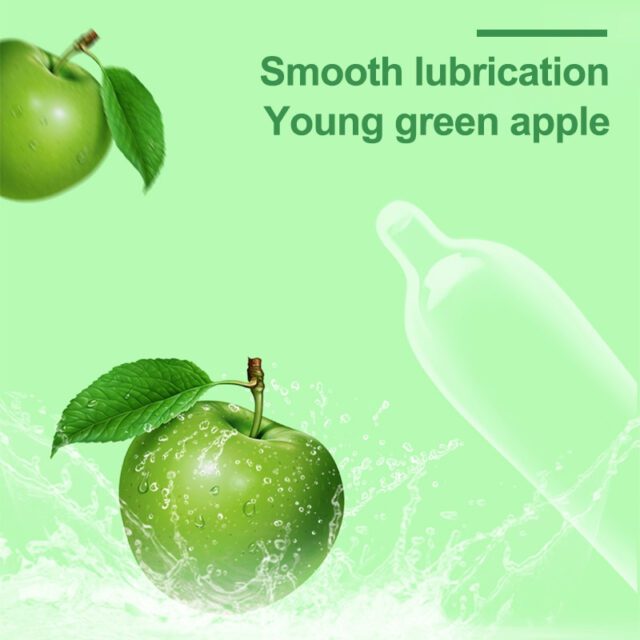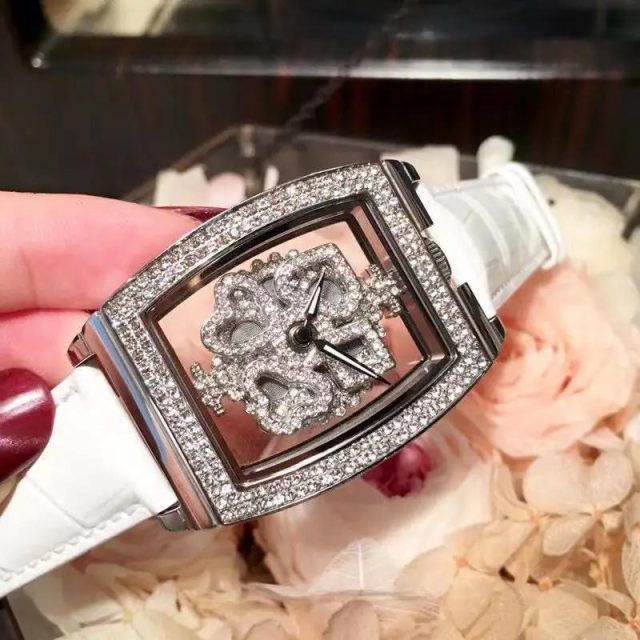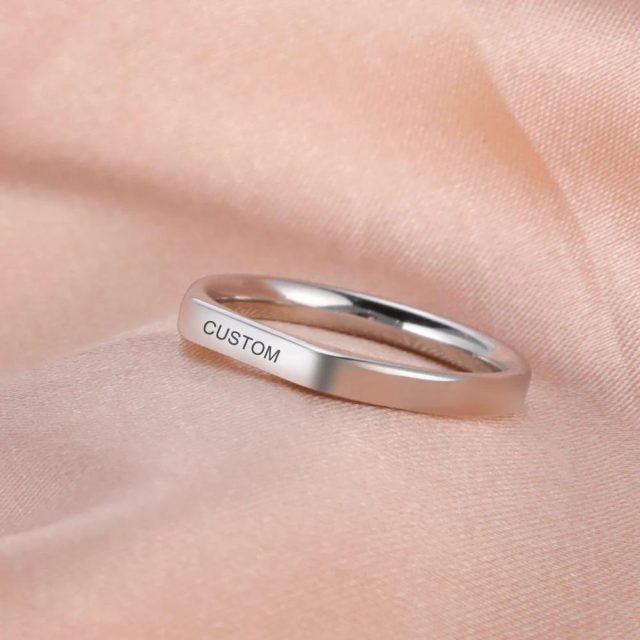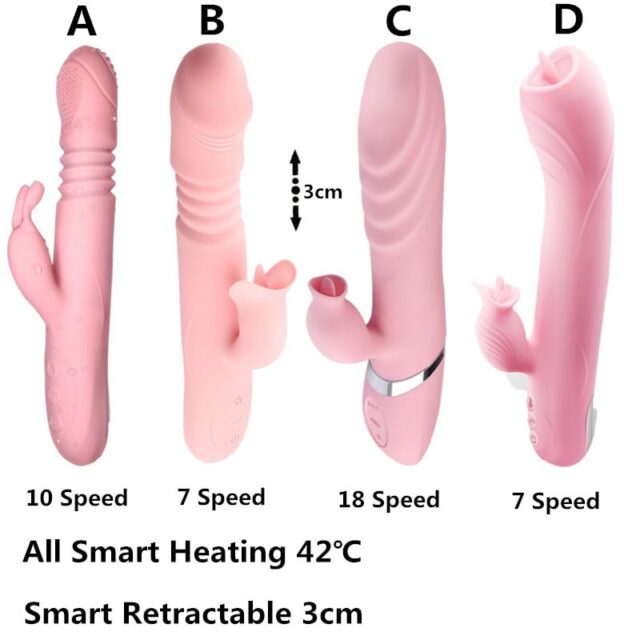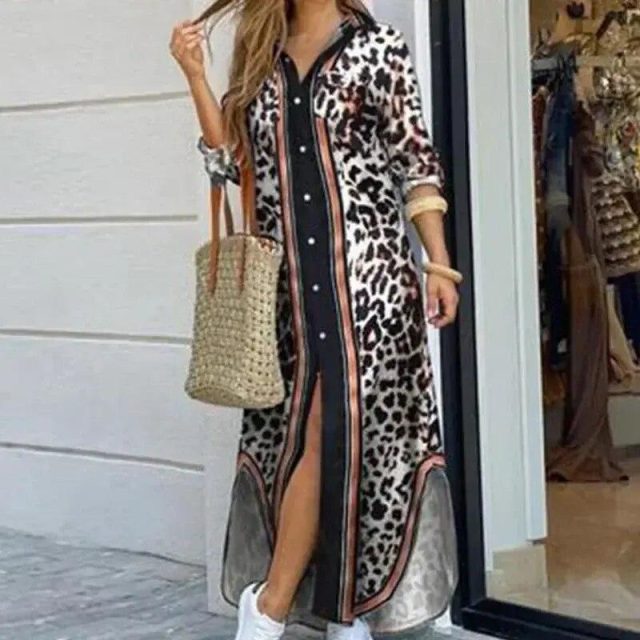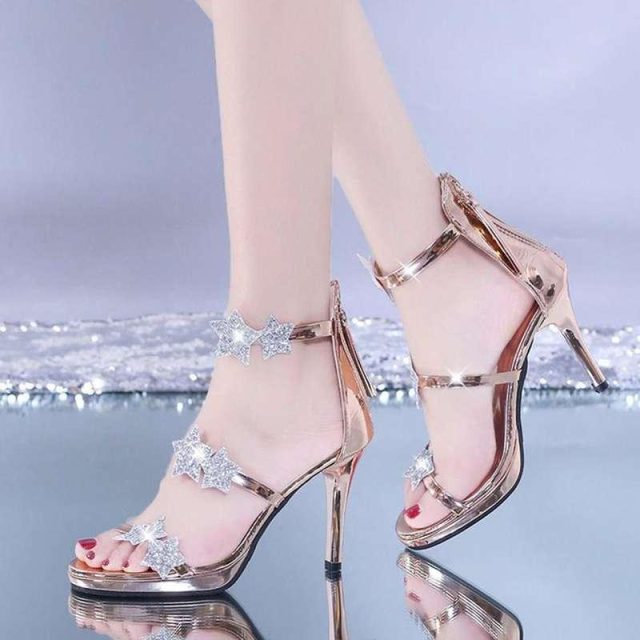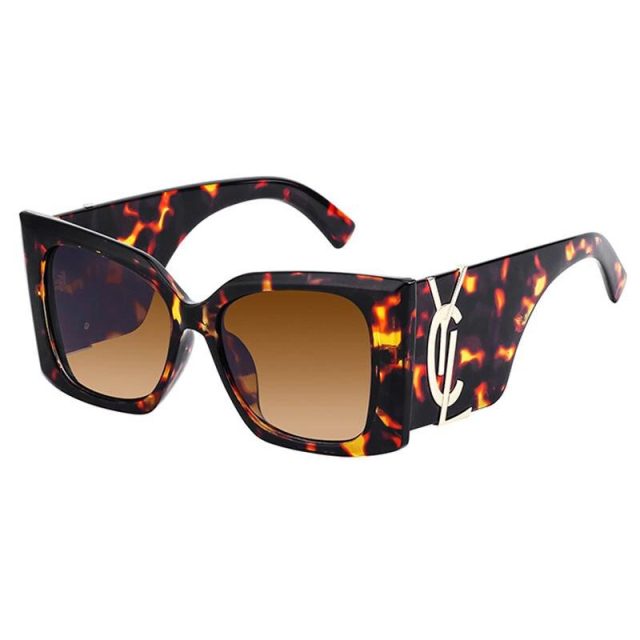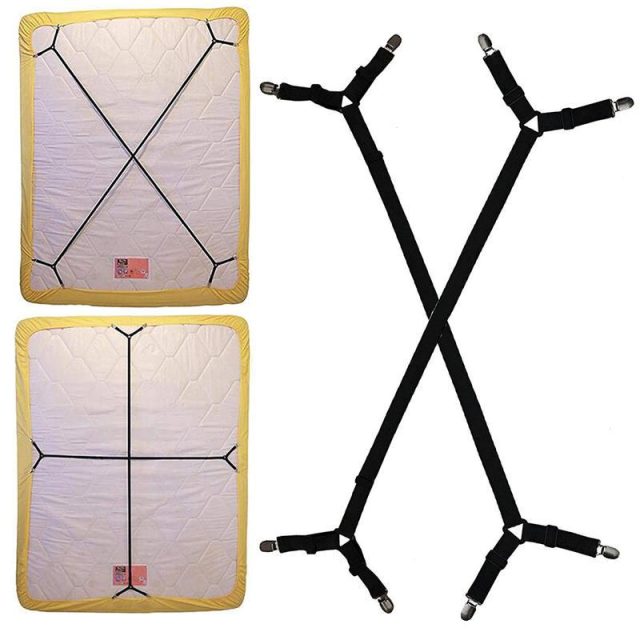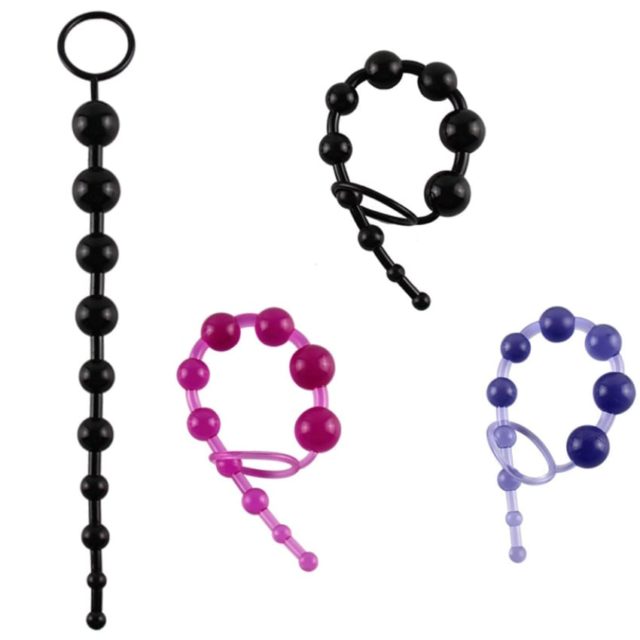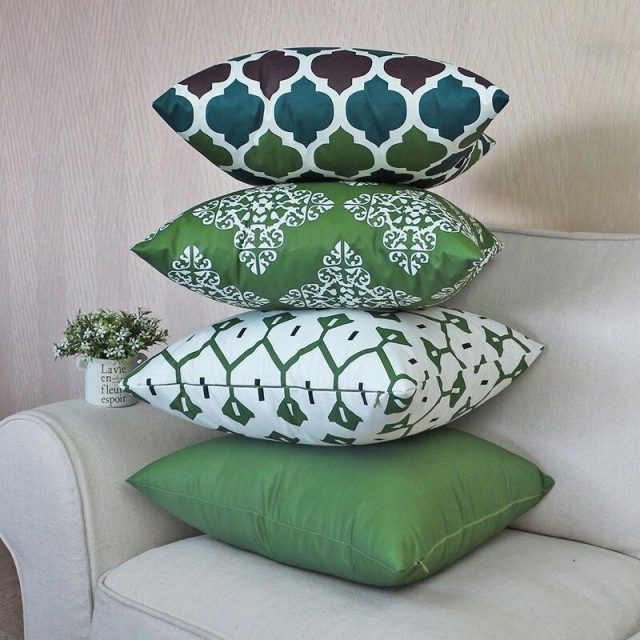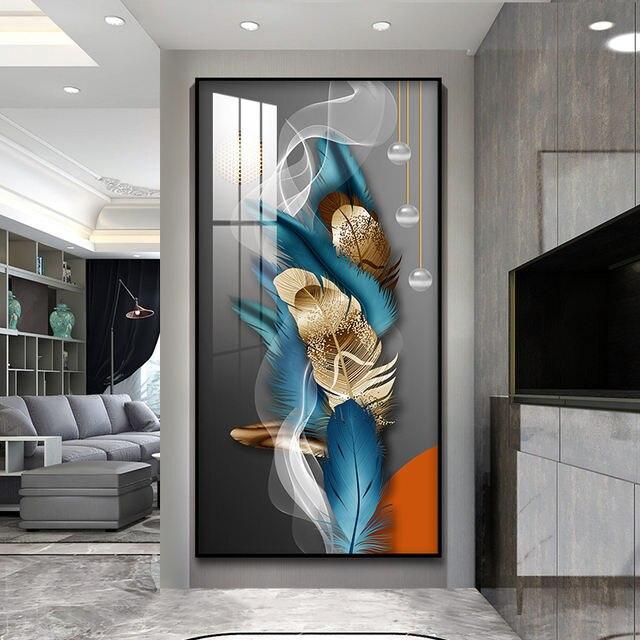Modern Artwork Abstract | Handmade Painting & Poster | Minimalist Wall Art | Home Decor
Features:
Description:
- This is 100% Hand painted Oil (Acrylic) Painting On Canvas, the painting is unframes/ unstretched, it will rolled to ship to you!
- Frame is not included, it is only for display purpose.


Exploring the Essence of Modern Abstract Art: A Journey Beyond the Visible
Modern Artwork Abstract, a dynamic and often perplexing form of visual expression, transcends the limitations of traditional representation to explore the depths of emotion, thought, and perception. This genre, which emerged in the early 20th century, remains a profound statement of individuality, freedom, and the infinite possibilities of human creativity. At its core, modern abstract art is a dialogue between the artist and the viewer, an interaction that invites introspection and challenges the boundaries of reality.
One of the most compelling aspects of modern abstract art is its departure from the figurative. Unlike classical art, which strives to replicate the physical world with meticulous detail, abstract art embraces the power of the non-representational. It’s a language of shapes, colors, lines, and textures, often stripped of recognizable forms, that communicates directly with the subconscious. This departure from realism allows abstract artists to delve into the emotional and spiritual realms, creating works that are open to interpretation and personal connection.
Color plays a pivotal role in Modern Artwork Abstract. It’s not merely a tool for depiction but a potent vehicle for expression. Artists like Mark Rothko and Wassily Kandinsky understood the emotional weight that colors carry, using them to evoke feelings and provoke thought. Rothko’s vast fields of color, for instance, are more than just large blocks of paint; they are immersive experiences that draw viewers into a contemplative space, encouraging a deep, introspective journey. Kandinsky, on the other hand, believed that colors could communicate the innermost vibrations of the soul, using vibrant palettes to create symphonies of visual sensations.
In abstract art, form and composition are liberated from the constraints of symmetry and order. This freedom allows for a more organic, intuitive approach to creation. The works of Jackson Pollock exemplify this freedom through his iconic drip paintings, where paint is energetically splattered across large canvases, capturing the spontaneity of the creative process. Pollock’s art is a testament to the notion that the act of creation is as significant as the final piece itself, a philosophy that has influenced generations of artists.
Texture and materials also hold a special place in Modern Artwork Abstract. Artists like Jean Dubuffet and Antoni Tàpies experimented with unconventional materials, incorporating elements such as sand, gravel, and even industrial waste into their works. These tactile surfaces invite viewers to not only engage with the art visually but to imagine its physicality, adding another layer of interaction between the piece and its audience.
The abstraction movement has also been deeply influenced by the social and political contexts in which it has developed. In times of turmoil and change, abstract art has often served as a form of silent protest or a means of grappling with the chaos of the world. The works of Kazimir Malevich, particularly his “Black Square,” were revolutionary in their stark simplicity, challenging the norms of the time and pushing the boundaries of what art could be. Malevich’s abstraction was more than an artistic statement; it was a philosophical one, advocating for a new way of seeing and understanding the world.
Modern Artwork Abstract is not static; it evolves with the times, reflecting the changing landscapes of society and the inner workings of the human mind. Today, artists continue to push the limits of abstraction, incorporating new media and technology into their work. The digital age has opened up endless possibilities for abstract expression, allowing artists to explore virtual spaces, interactive installations, and even artificial intelligence as tools for creation.
In essence, Modern Artwork Abstract is a celebration of the unknown, an exploration of the unseen forces that shape our reality. It challenges viewers to look beyond the surface, to find meaning in the abstract, and to engage with art on a deeply personal level. Whether through bold colors, dynamic forms, or innovative materials, modern abstract art invites us on a journey into the heart of creativity, where the only limits are those of our imagination.














